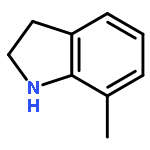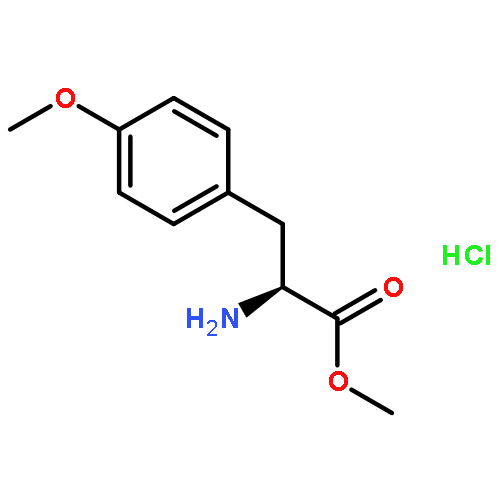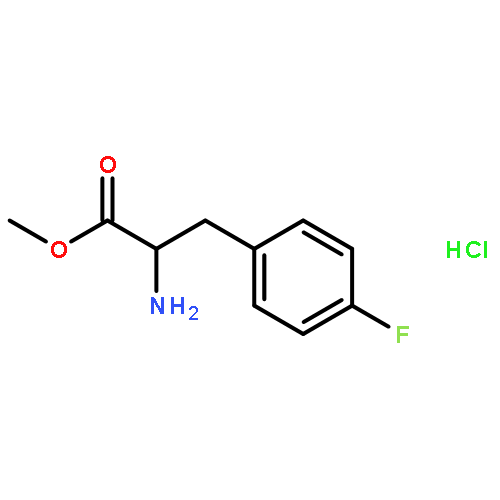Co-reporter:Cun-Bin An, Dan Li, Ran Liang, Ya-Zhong Bu, Sha Wang, Er-Hai Zhang, Peng Wang, Xi-Cheng Ai, Jian-Ping Zhang, and Leif H. Skibsted
Journal of Agricultural and Food Chemistry 2011 Volume 59(Issue 23) pp:12652-12657
Publication Date(Web):October 18, 2011
DOI:10.1021/jf2030314
Daidzein, an isoflavonoid with known prooxidative effects in heterogeneous lipid/water systems, changes to an antioxidant for 7-n-alkoxy derivatives of daidzein. For an alkyl length increasing from 4 to 8, 12, and 16 carbons, the oxidation potential decreases gradually from 1.09 V (vs NHE) for daidzein (D) to 0.94 V for D16 in tetrahydrofuran as determined by cyclic voltammetry at 25 °C. The prooxidative effects transform into antioxidative effects from D8 with a maximal effect for D12 for aqueous phase initiation of lipid oxidation in liposomes despite a gradual decrease in Trolox equivalent antioxidant capacity (TEAC) with increasing alkyl chain length. Quantum mechanical calculations using density functional theory (DFT) showed that the bond dissociation energy of the O–H bond of the 4′-phenol is constant along the homologue series in contrast to Δμ, the change in dipole moment upon hydrogen atom donation, which increases for increasing chain length. The frontier orbital energy gap goes through a maximum for D12. The change in the A-to-B dihedral angle upon hydrogen atom donation further shows a maximum for D12 of 6.45°. The importance of these microscopic properties for antioxidative activity was confirmed by a change in liposome fluorescence anisotropy using a fluorescent probe showing maximal penetration into the lipid bilayer for D12 along the homologue series.
Co-reporter:Ying Jia, Ying Shi, Peng Wang, Jian-Ping Zhang
Chinese Chemical Letters (January 2017) Volume 28(Issue 1) pp:83-88
Publication Date(Web):January 2017
DOI:10.1016/j.cclet.2016.05.032


![1-(3-BICYCLO[2.2.1]HEPT-2-ENYL)ETHANONE](http://img.cochemist.com/ccimg/71800/71720-43-9.png)
![1-(3-BICYCLO[2.2.1]HEPT-2-ENYL)ETHANONE](http://img.cochemist.com/ccimg/71800/71720-43-9_b.png)


![5-(Bromomethyl)benzo[c][1,2,5]thiadiazole](http://img.cochemist.com/ccimg/65900/65858-50-6.png)
![5-(Bromomethyl)benzo[c][1,2,5]thiadiazole](http://img.cochemist.com/ccimg/65900/65858-50-6_b.png)






![Bicyclo[2.2.1]heptane-2-carboxylic acid, 3-oxo-, methyl ester](http://img.cochemist.com/ccimg/64900/64810-14-6.png)
![Bicyclo[2.2.1]heptane-2-carboxylic acid, 3-oxo-, methyl ester](http://img.cochemist.com/ccimg/64900/64810-14-6_b.png)
![Bicyclo[2.2.1]hept-2-ene, 2-(phenylsulfonyl)-](http://img.cochemist.com/ccimg/64800/64740-92-7.png)
![Bicyclo[2.2.1]hept-2-ene, 2-(phenylsulfonyl)-](http://img.cochemist.com/ccimg/64800/64740-92-7_b.png)



